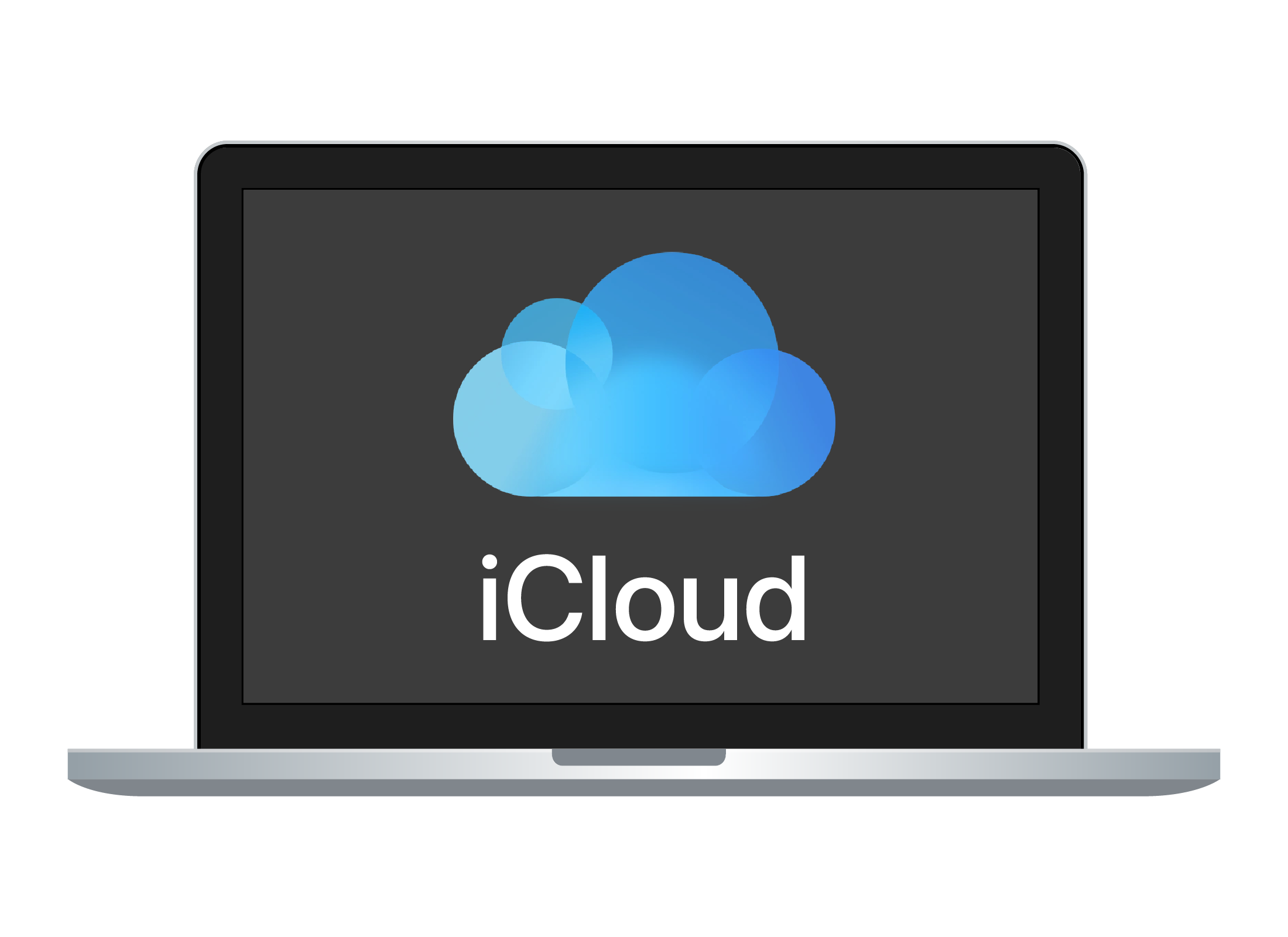Apple iCloud apps
Learn how Apple's cloud apps and cloud ecosystem work.
Apple's cloud apps and cloud storage ecosystem is called iCloud, and it includes these apps:
- Mail (for email)
- Calendar
- Photos
- Contacts
- Reminders (for organising your day)
- iCloud storage (for storing your files and photos).
iCloud also supports Apple's productivity apps, such as Pages, Numbers, Keynote and more. These apps aren't free, but come included with the purchase of an Apple device.
Apple's cloud apps work on mobile devices and computers, and in this course, you'll learn how to access them using a computer and a web browser.

How to get started with iCloud apps
Getting ready to use iCloud on your computer via a browser has a few steps. You'll need:
- An Apple device to set up iCloud using your Apple ID - this can be a Mac computer, an iPhone, or an iPad
- A laptop or desktop computer
- Home internet with available data
- A web browser, such as Safari, Chrome or Edge
- An Apple ID with strong password.
How to find and access the iCloud apps
iCloud.com is designed to be your portal to all the Apple iCloud apps. When you visit iCloud.com, sign in by entering your Apple ID email address and password. Then click the icon of the app you want to use.
Being able to access Apple apps at icloud.com is useful if you don't have access to your Apple device, or if you use, say, an Apple mobile device and a Windows computer.
Cloud apps sync, and work with cloud storage
To save or edit files using cloud apps, you need some cloud storage. Your free Apple iCloud account comes with 5GB of cloud storage.
- 5GB should be enough for all your files and documents, and quite a few photos too
- If you take a lot of photos and want to back them up to the cloud, you may need to purchase some extra storage.
When you access Notes, Calendar and Reminders on your mobile and make a change, iCloud makes sure this change will also appear (or sync) on your computer.
How to sign in and out via iCloud.com
You need an Apple device to be able to set up iCloud for access with a web browser. To do this, you'll use the Apple ID that you created when you set up your Apple device.
Next, enter icloud.com in your web browser's address bar, then type your Apple ID email address and password to open the website. Follow the steps and, when you see the iCloud apps icons appear, you've signed in successfully.
Once you've finished using iCloud, click your name in the top right of the page, then click sign out to sign out securely.
Using your free iCloud email address
Your iCloud account includes a free email address and mailbox, which you access with the Mail app. On iCloud.com, click on the Mail icon to get started.
- If you already use Mail on your Apple device, you'll see your emails here already, synced to the cloud.
- Otherwise, iCloud will ask you to go and set up Mail now.
- Go to your iCloud system settings on an Apple device and click on Mail to turn it on for iCloud.
- Follow the steps that appear on the screen, including choosing an iCloud email address.
Mail is not the only app that syncs to the cloud and your devices. Others include:
- Calendar for appointments, reminders, anniversaries, or other important dates
- Contacts is your online addressbook for friends and family contact details
- Photos helps you back up and organise photos you take with your Apple mobile device, such an iPhone or iPad.
What you get when you pay for iCloud storage
When you purchase an Apple device, you set up an Apple ID, which comes with a free iCloud account and 5GB of storage. This is enough for files, documents, and a few hundred photos.
To get more storage, you can upgrade your iCloud account to an iCloud+ account. There are different storage options to choose from, and the amount is billed monthly. You can share your storage with up to five family members.
iCloud+ plans can only be purchased using an Apple device, and you can cancel at any time. You won't receive a refund, but a cancelled plan will keep working until the end of the month. Make sure to read the fine print and consider if the subscription is right for you.
How iCloud storage works with iCloud apps
Your iCloud account makes sure all your files are kept up to date and synced between your Apple devices and the cloud. Things you can sync with iCloud include:
- Emails
- Documents (letters, articles, PDFs and more)
- Photos taken with your iPhone or iPad, or added via MacOS
- Your contacts.
These require cloud storage space. To manage your iCloud storage, visit www.icloud.com/settings. You might need to provide your Apple ID and password to sign in.
The settings page shows how much storage you have left and also how it is being used between different things, such as Photos and Videos, or Backup of your iPhone or iPad.